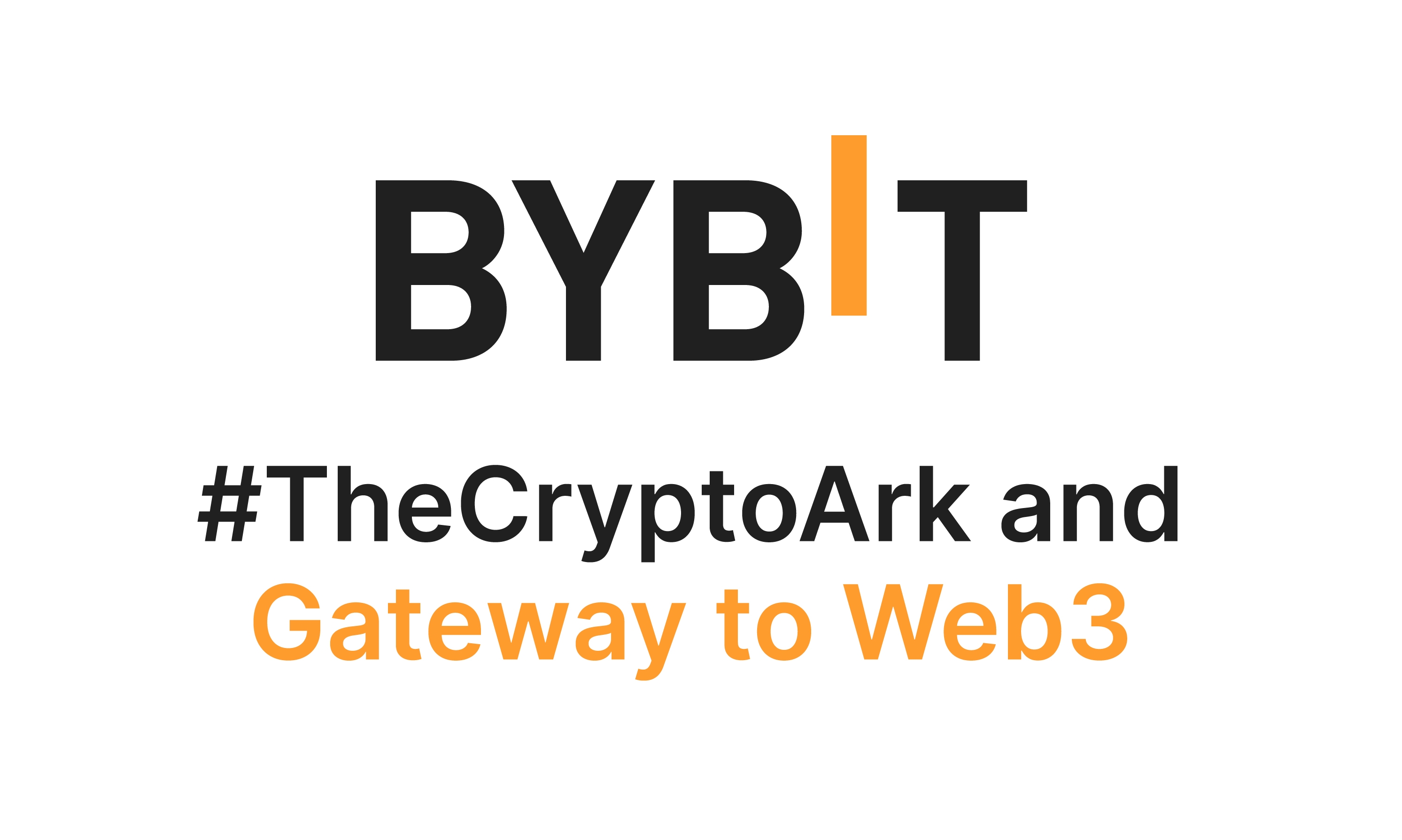Whoa! Ever get that feeling that crypto’s evolving faster than you can keep up? Seriously, yield farming, trading competitions, and futures trading aren’t just buzzwords anymore—they’re reshaping how traders and investors play the game. At first glance, these concepts might feel like separate arenas, but dig a little deeper, and you’ll see they’re intertwined in ways that can either make you or break you.
So, I was thinking about how many folks jump into yield farming because it promises quick returns, but then there’s this steep learning curve that trips up even seasoned traders. Something felt off about the hype—like, why are people pouring funds into these protocols without fully grasping the risks? It’s kinda like the Wild West, except with digital wallets instead of horses.
Here’s the thing. Yield farming, at its core, is about putting your crypto assets to work to earn more crypto. You stake or lend tokens and get rewarded with interest or governance tokens. Sounds simple, right? But the devil’s in the details—impermanent loss, smart contract vulnerabilities, and volatile token prices can quickly erode your gains. And on top of that, sometimes the promised APYs are so high they almost seem too good to be true… which often they are.
Initially, I thought yield farming was just another DeFi trend that would fade, but then I realized it’s actually forcing centralized exchanges to adapt. For example, some platforms now integrate yield options right alongside spot trading. One place I’ve been exploring for this is the bybit exchange. They’re not just offering futures and spot trading anymore—they’re dipping toes into yield products, which is pretty cool.
Okay, pause. Trading competitions? They might look like fun contests where traders duke it out for prizes, but there’s more strategy involved than meets the eye. I remember joining a few just for kicks and realizing that the competition structure influences your trading style—sometimes pushing you toward riskier moves than you’d normally take. It’s like a double-edged sword.
Trading competitions serve a dual purpose: they boost user engagement and volume while giving traders a chance to test strategies under pressure. But here’s a subtlety—they can distort real market behavior. When many participants chase short-term gains and leaderboard spots, volatility spikes. That’s a headache for regular traders who value stability. Hmm, kind of ironic, right? A feature meant to bring people in can actually scare some away.
On one hand, these competitions foster community and learning; on the other, they can encourage reckless risk-taking. Actually, wait—let me rephrase that. It’s not just risk-taking, but also risk timing. Many competitors jump in and out too fast, which can create liquidity crunches in certain markets. That’s something I wish more platforms would address transparently.
Now, futures trading—oh boy, this is a whole different beast. I’m biased, but futures are where you really see professional traders shine. They provide leverage, hedging possibilities, and a way to profit from price declines. But I’ll be honest, leverage can be a double-edged sword. One wrong move, and your position vaporizes.
Something that bugs me is how many newcomers dive into futures trading without really understanding margin calls and liquidation mechanisms. I’ve seen it happen too many times—someone gets excited, takes on 50x leverage on a volatile altcoin, and then poof, their collateral’s gone before they finish their morning coffee. It’s harsh, but that’s the game.
Here’s a natural tangent—when you combine futures trading with yield farming and trading competitions, the ecosystem becomes a complex web. For instance, some traders farm yields to fund their futures positions, hoping to leverage returns without adding fresh capital. Others use trading competitions as a testing ground for futures strategies. It’s like a layered chess match.
But here’s the kicker: not all exchanges offer a smooth experience across these products. That’s why I keep coming back to platforms like the bybit exchange. Their interface, risk management tools, and community features feel built for this multi-product juggling act.

Still, I’m not 100% sold on the idea that more features automatically mean better trading. Sometimes, I wonder if all these shiny options just muddy the waters for everyday traders. Yield farming’s complexity, combined with the adrenaline rush of competitions and the pressure cooker of futures, can overwhelm even the savviest investors.
On a deeper level, these products reflect the decentralization spirit but also hint at centralization challenges. For example, centralized exchanges facilitate trading competitions and futures, but they also control rules and access. Yield farming, often rooted in DeFi, thrives on decentralization but suffers from smart contract risks. So, there’s this tension between innovation and control.
Something I realized recently is that the regulatory environment in the US adds another layer of complexity. Futures trading is under strict oversight, and yield farming sometimes brushes up against securities law ambiguities. This pushes many traders toward reputable centralized venues that comply with regulations. Again, that’s why exchanges like bybit exchange matter—they bridge the gap by offering regulated futures and spot trading, while also experimenting with yield-like products.
Before I wrap this up, I want to throw in a quick story. A friend of mine jumped headfirst into a trading competition on a platform that promised huge rewards. He got so caught up in the leaderboard chase that he ignored basic risk management rules. End result? A wiped account and a hard lesson learned. It’s a reminder that while these products can be lucrative, they demand respect and skill.
So, what’s the takeaway? Well, if you’re diving into yield farming, trading competitions, or futures trading, don’t just chase the hype. Spend time understanding the risks, the mechanics, and how these elements interplay. Platforms like the bybit exchange offer a decent starting point with tools and community support, but at the end of the day, it’s your call.
In a space that shifts as fast as crypto, being curious yet cautious might just be your best bet. And hey, if you ever feel overwhelmed, remember that even the pros have days where they question their moves. So, keep learning, stay flexible, and don’t be afraid to step back when the noise gets too loud.
